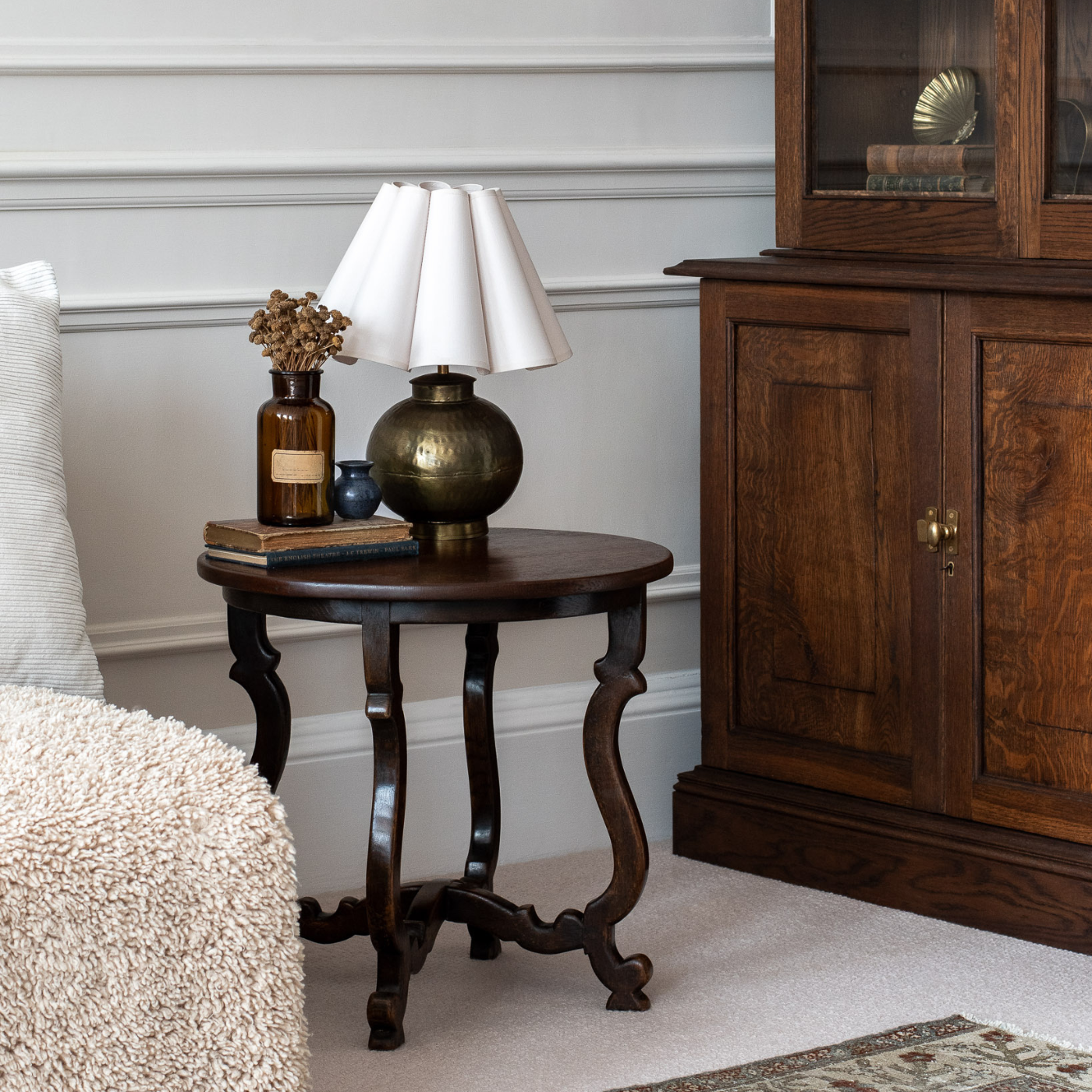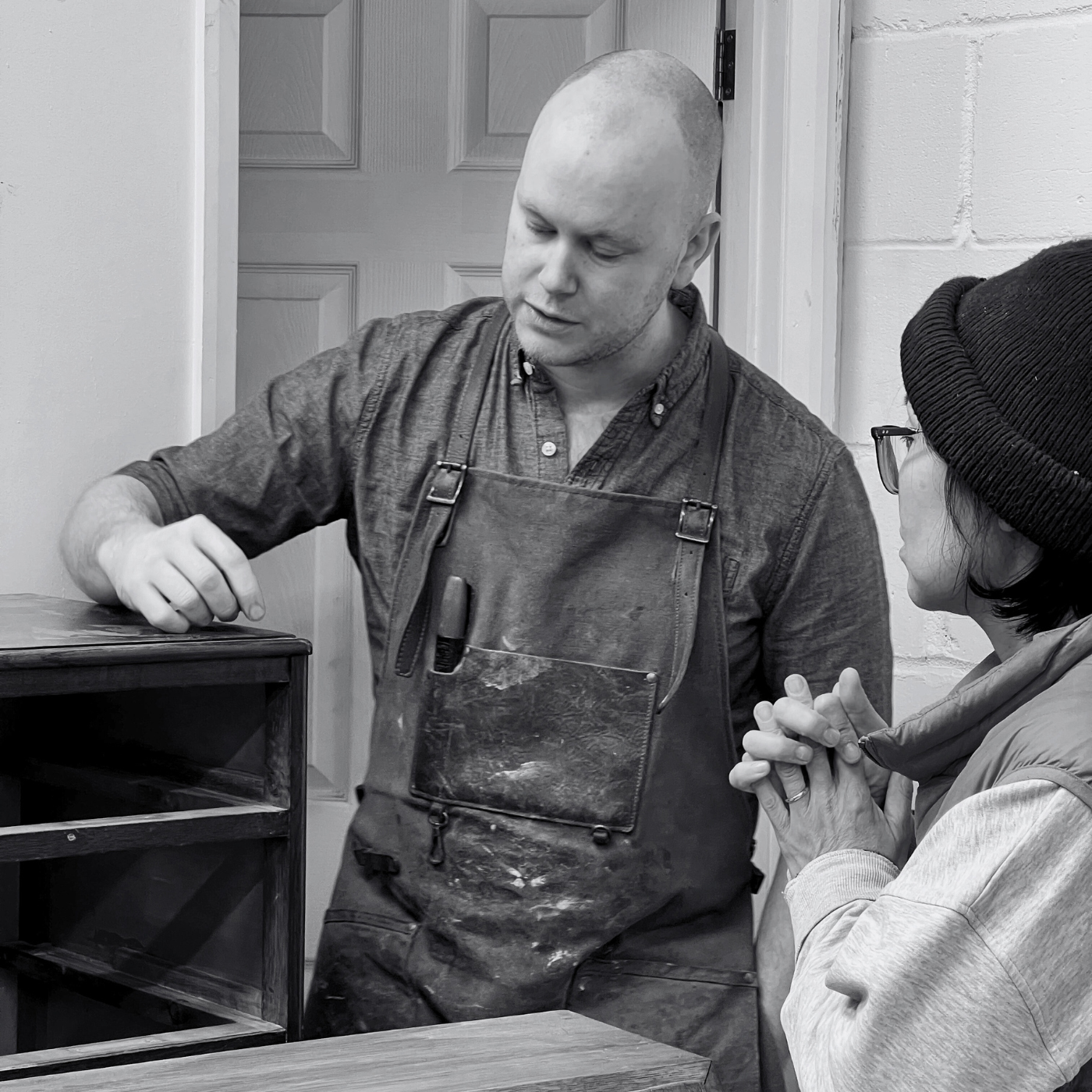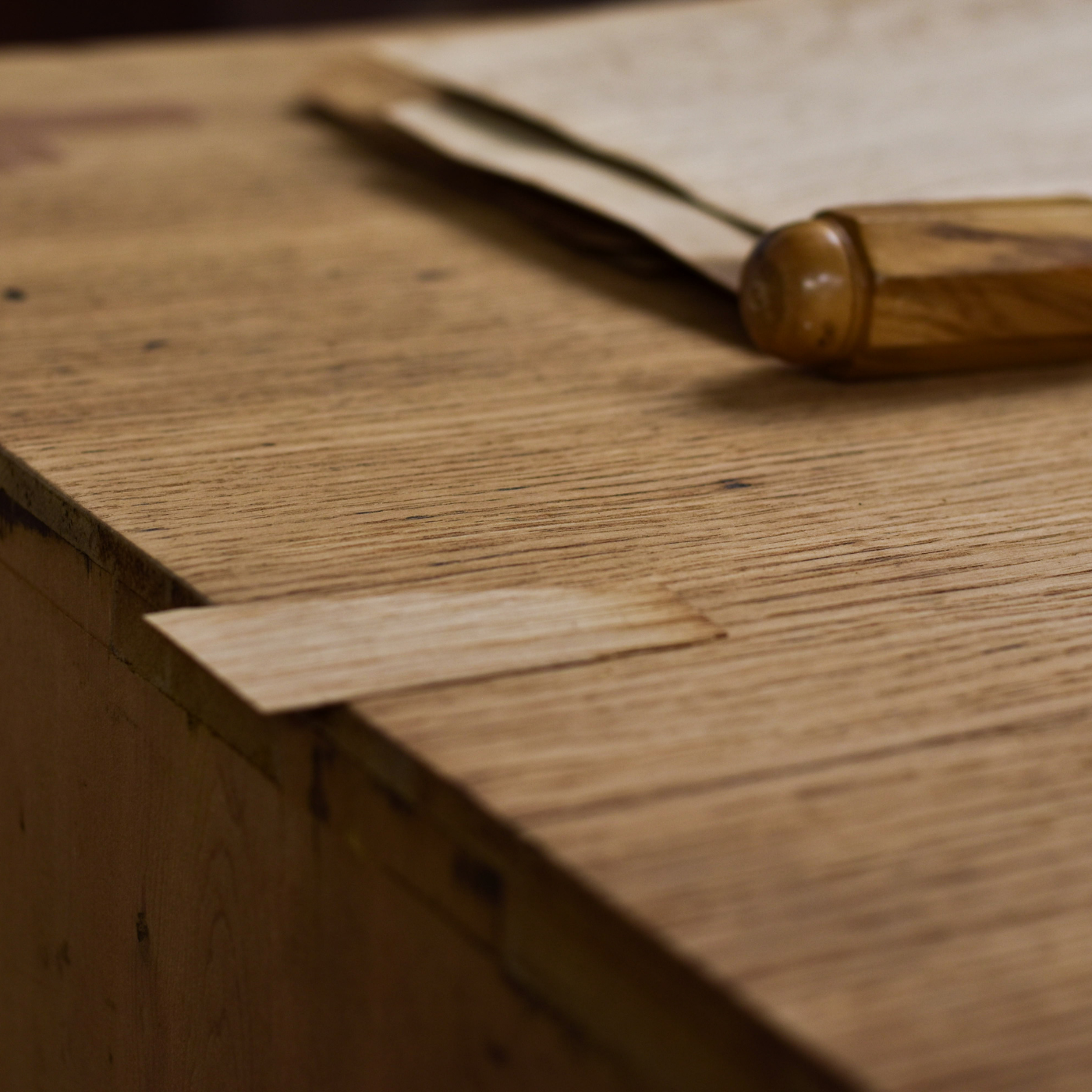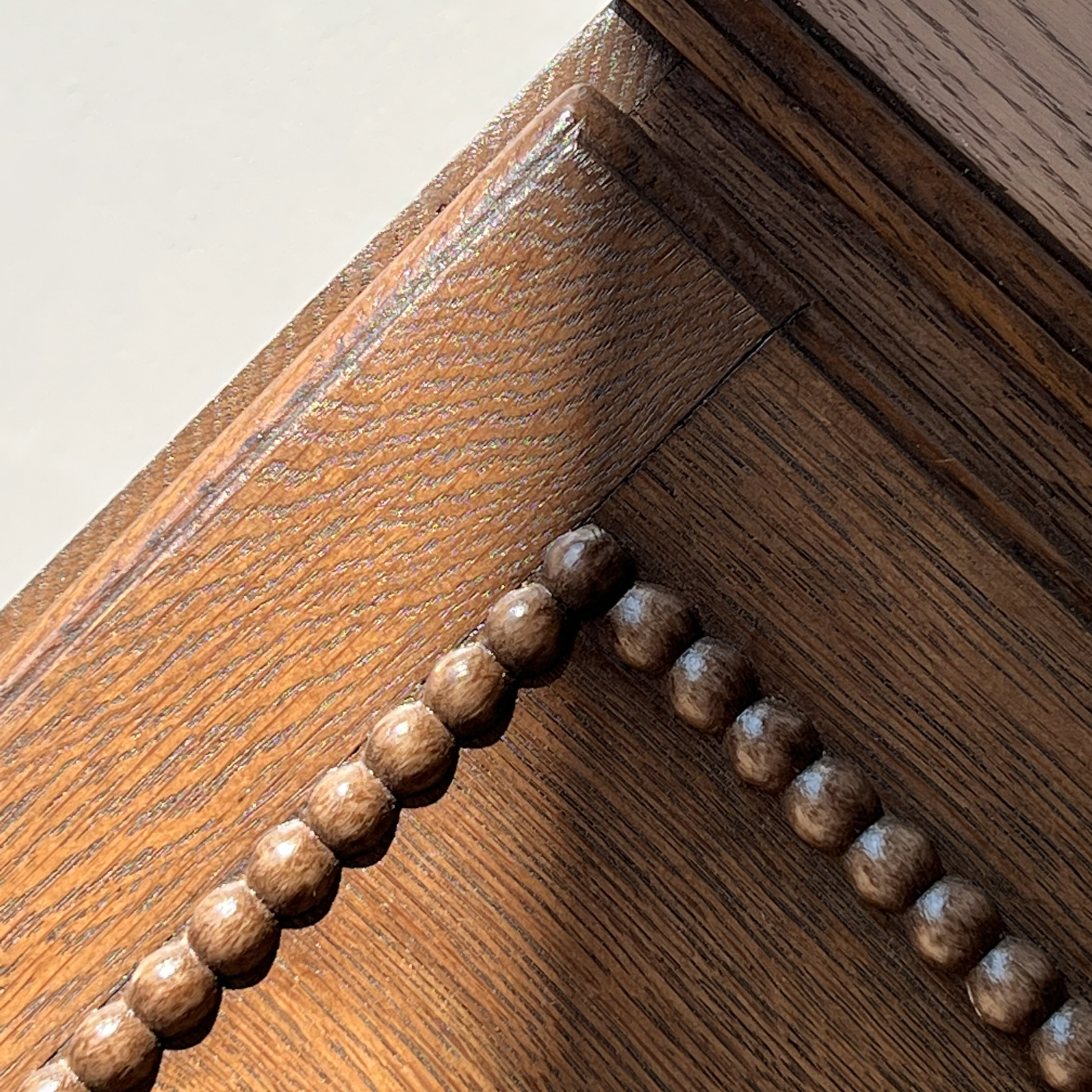About Us
Our Approach to Restoration
Discover the journey of each antique from its finding to its revival. Every stage, from sourcing to finishing, is carried out by experienced restorers in our West Sussex workshop with patience, skill and respect for the original maker, ensuring that every piece is restored with honesty, care and purpose.

Where Our Story Begins
The Art of Sourcing
Sourcing is a process rooted in curiosity, patience, and an instinct for finding beauty in honesty. Every antique we choose reflects a sense of character, pieces that are humble yet finely made, detailed yet unpretentious. Often, we look for signs of hidden potential. The proportion, a curve, or a detail that hints at something forgotten, waiting to be brought back to life.
This process is deeply personal. It reflects our identity and the distinct taste that defines our company, a curation shaped by intuition and respect for timeless craft. We work only with reputable sellers, auction houses, and marketplaces, carefully studying each piece to understand its origin and ensure its authenticity. The antiques we bring in are not only chosen to be restored but to inspire. They teach us, challenge us, and remind us that beauty is often found in the small details.

Understanding the Piece
Inspection
Inspection is the first and most decisive stage in the restoration process. Each piece is carefully examined by two experienced restorers who study its structure, construction, and surface in meticulous detail. They assess every joint, veneer, and internal component to identify structural weaknesses, signs of previous repairs, or hidden damage. The wood, finish, and hardware are analysed to understand how the piece was made, how it has aged, and what interventions will ensure its longevity.
This process is both technical and investigative, combining visual examination with tactile assessment to uncover the methods and materials used by the original maker. Through these close observations, we are also able to identify subtle marks of authenticity, signs of provenance, and characteristics that help accurately date each piece. The information gathered during inspection guides every decision that follows, from stabilising the structure to determining the appropriate finishes. It allows us to map out a precise restoration plan that is not only faithful to the craftsmanship of the piece but ensures that it will continue to function and endure for generations.

Rebuilding Strength
Structural Restoration
Structural restoration is where the practical work begins. Guided by the findings from inspection, our restorers carry out the interventions needed to return each piece to full structural integrity. This stage is entirely focused on strength and function rather than appearance, addressing any weaknesses that compromise stability or movement. It is a technical process that demands experience and precision, often requiring partial disassembly to reach hidden joints or internal frames. Every action is taken with care and respect for the original maker’s work, ensuring that each element is repaired exactly as it was intended to function.
To achieve this, we draw from our collection of period timbers, carefully selecting wood that matches the age, species, and character of the original material so that every repair blends seamlessly. Joints are rebuilt, mechanisms adjusted, and supports reinforced until the piece performs as perfectly as it once did. We go to any length necessary to ensure that the restored furniture feels solid, reliable, and true to its design. The aim is not to alter it, but to bring it back to life. Renewed in strength, yet unchanged in character.

Restoring Beauty and Purpose
Finishing & Decorative Alterations
The final stage of restoration is where craftsmanship and sensitivity meet. Once a piece has been structurally restored, our attention turns to its surface, the finish that protects it and brings its beauty to life. For most antiques, our approach is to revive what is already there, studying the original finishes to understand the materials and techniques once used and matching them carefully to what remains. The goal is always to preserve the patina and quiet traces of time while restoring warmth, depth and protection so that the piece can be cherished for many years ahead.
Sometimes we come across pieces of more humble provenance that still carry an undeniable charm. They may not have grand histories, but they hold honesty in their materials and character in their form. When we restore them, we blend restoration and joinery to strengthen and reveal what makes them special, occasionally refining panels, adding hardware or subtle detailing to bring balance and new life. There is something deeply rewarding in seeing these pieces rediscovered, their dignity restored and their purpose renewed.
